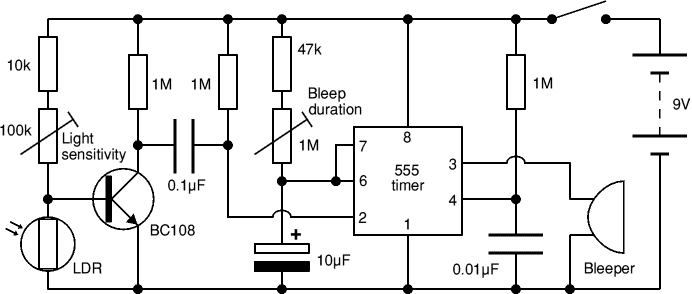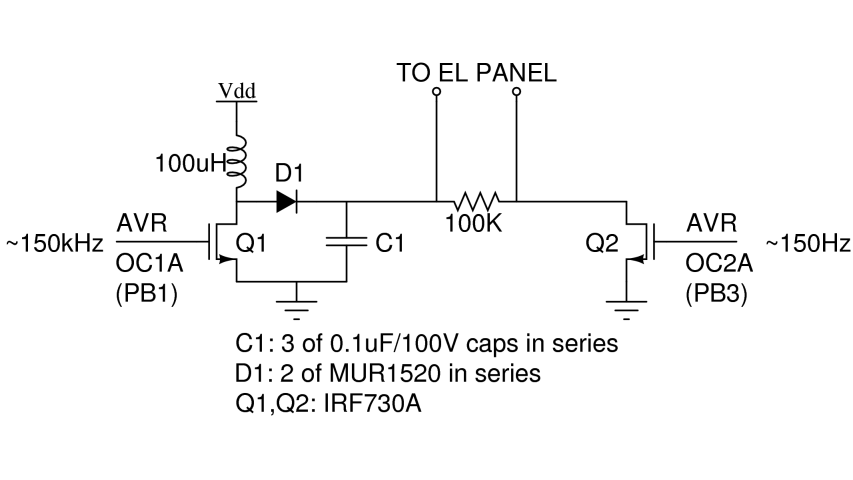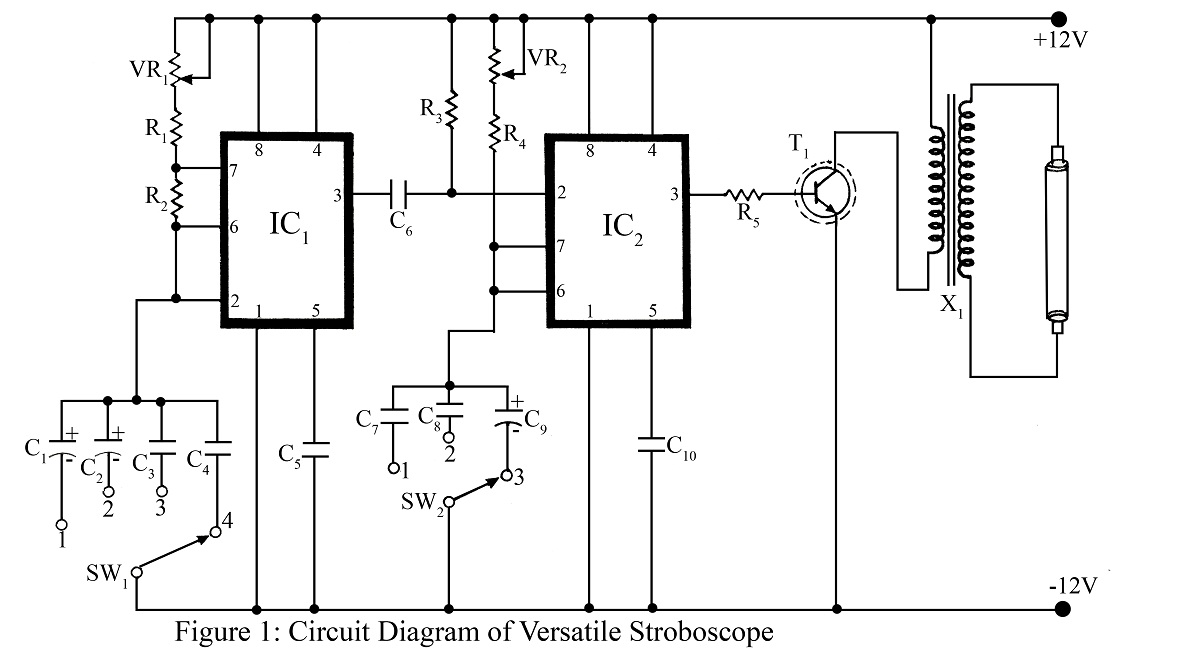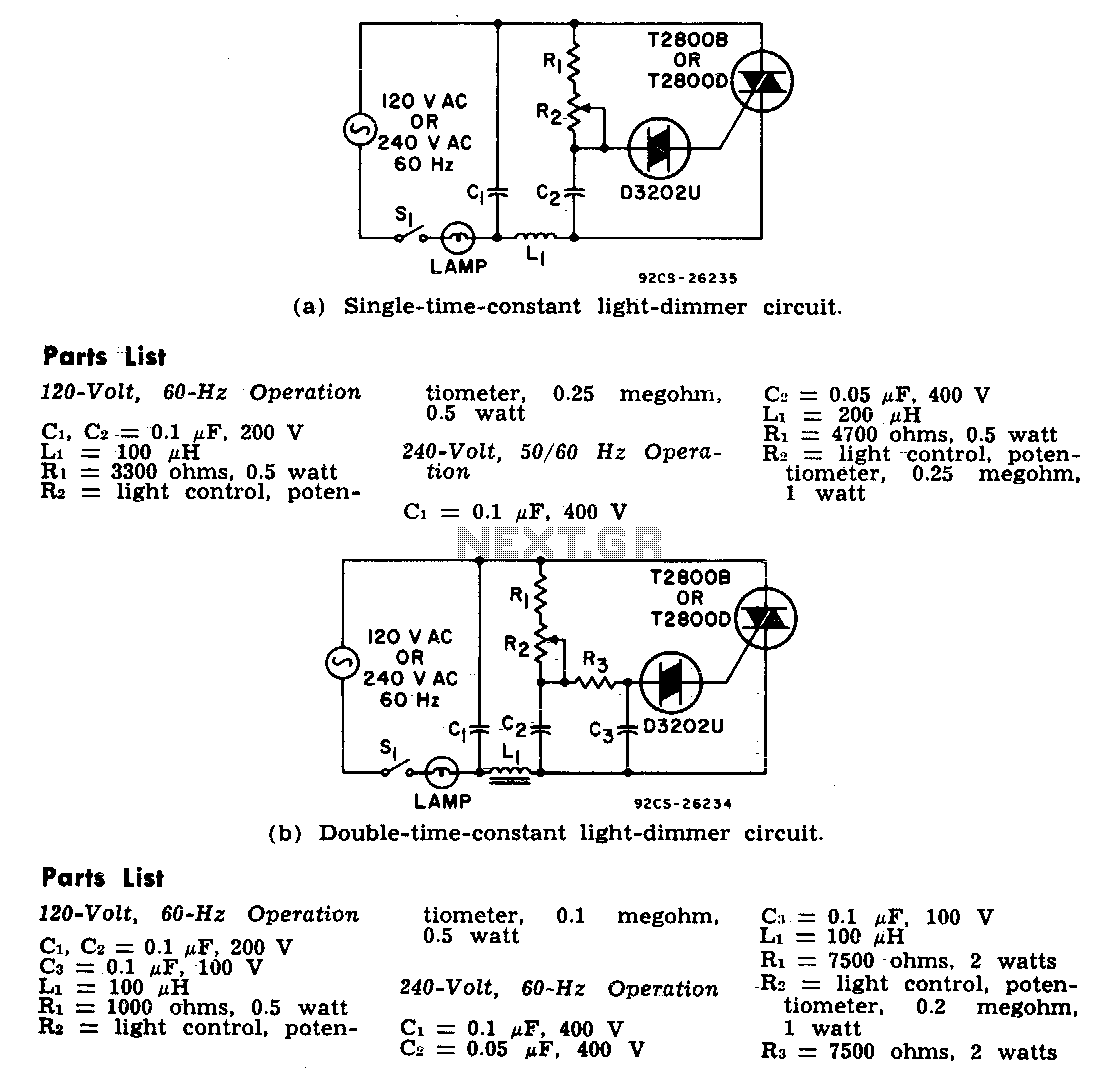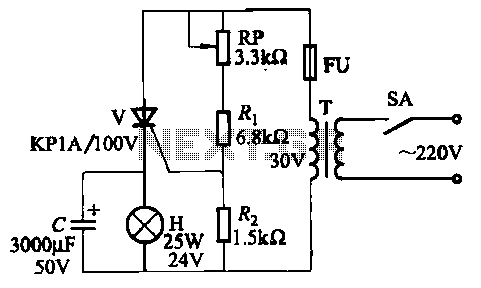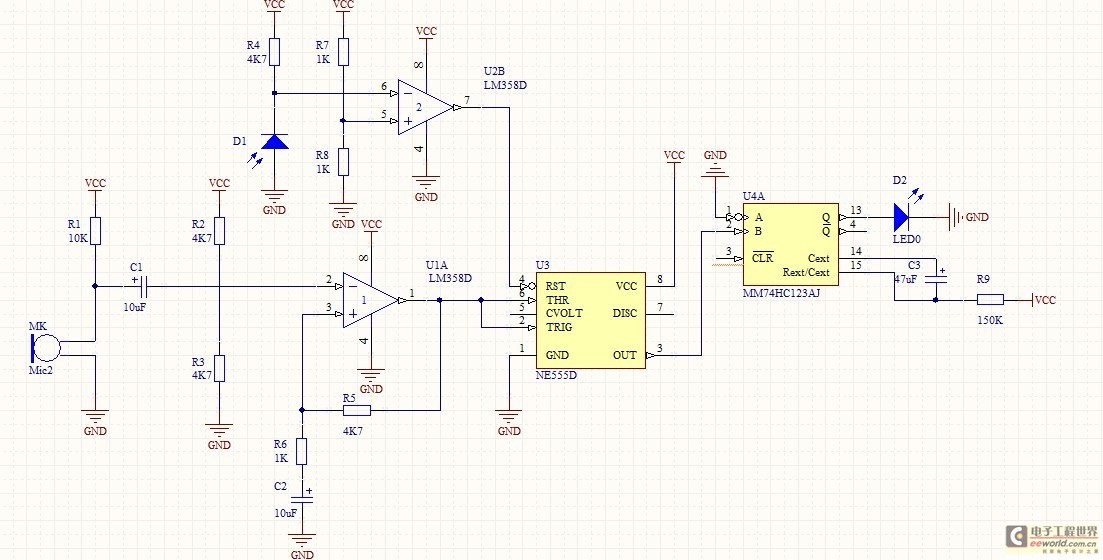
Ultraviolet light source UV-80 for PCB exposure

One of the more advanced PCB manufacturing methods involves exposing laminate copper boards that are covered by a photoresistive layer through a mask. Utilizing UV light in the production of PCBs offers several advantages over other techniques. This method allows for the creation of thin tracks, such as 0.2 mm, which cannot be achieved using alternative home methods like laser printers or hand-drawn artwork. Another advantage is that this technique produces clean images with smooth edges on PCB tracks. With a modest effort, the results can be comparable to commercial products. Additionally, this method provides speed and the ability to replicate multiple boards using the same mask. This article describes the manufacturing of an automatic ultraviolet light source exposure box. The POWER switch is used to turn the UV box on and off, while a green LED indicates when the unit is powered on. The MANUAL/AUTOMATIC switch allows for manual or automatic control of the UV lamps. The UPSIDE and UNDERSIDE switches enable the upper and lower lamps to be activated separately, accommodating both single-sided and double-sided boards. In automatic mode, pressing the MIN UP, MIN DOWN, SEC UP, and SEC DOWN buttons allows the user to select the exposure time. The START button initiates the timer counter and powers the lamps via relays. The STOP/CLEAR function has not yet been implemented. An LCD displays the exposure time, and once the START button is pressed, it shows the remaining time of UV exposure. The control circuit is straightforward, with buttons connected directly to I/O pins through internal pull-up resistors. When a button is pressed, a logic low (0) level is generated at the port input, triggering the corresponding action. The UV lamps are connected in series, with two lamps and ballasts, while a starter is connected in parallel to the lamps. The upper and lower covers of the box can be controlled independently using the switch. This circuit also includes power control for the microcontroller and relays.
The described automatic ultraviolet light source exposure box is a sophisticated device designed for efficient PCB manufacturing. It employs a streamlined control system that enhances usability and functionality. The integration of manual and automatic modes allows users to tailor the exposure process to their specific requirements.
The use of UV light for photoresist exposure enables the production of high-resolution PCBs with fine details, which is critical in modern electronics where miniaturization is prevalent. The capability to achieve track widths as narrow as 0.2 mm significantly expands design possibilities, making it suitable for high-density applications.
The timing controls provided by the MIN and SEC buttons facilitate precise exposure settings, essential for achieving optimal development of the photoresist layer. The inclusion of an LCD display for real-time feedback on exposure time enhances user interaction with the device, allowing for better monitoring and adjustments during the manufacturing process.
The design of the exposure box also considers safety and operational efficiency. The separate control of upper and lower lamps ensures that the exposure can be optimized for different board configurations, whether single or double-sided. The relays used to power the lamps provide a reliable means of managing the high voltage required for UV lamp operation, while the microcontroller's power control ensures stable operation of the entire system.
Overall, this automatic ultraviolet light source exposure box represents a significant advancement in PCB manufacturing technology, combining precision, speed, and user-friendly features to meet the demands of modern electronic design and production.One of more advanced PCB manufacturing methods is exposing laminate copper boards covered by photo resistive layer through mask. Using UV light in manufacturing PCBa‚¬ s has many benefits according to other methods: you can get thin tracks like 0.
2mm. You couldna‚¬ t do this by using other home techniques like laser printers or hand artwork; oth er advantage is that this method gives clean image a‚¬ smooth edges of PCB tracks. Little bit effort and you can compare results to commercial products. And pf course third benefit is speed and multiple replications of your boards by using the same mask. In this article is described the manufacturing of an automatic ultraviolet light source exposure box.
POWER switch is used to turn on/off power of the UV box. Green LED indicates the ON. MANUAL/AUTOMATIC switch is used to power l the UV lamps manually or automatically. Switches UPSIDE and UNDERSIDE are used to enable upper and lower lamps separately a‚¬ in case you are using single or double sided boards. When automatic mode is selected, then by pressing buttons MIN UP, MIN DOWN, SEC UP, SEC DOWN exposure time is selected.
START starts timer counter and powers the lamps through relays. STOP/CLEAR is not implemented yet. LCD displays the Time of exposure, and after start is pressed it shows remaining time of UV exposure. Control circuit is very simple. Buttons are connected directly to I/O pins through internal Pull-Up resistors. When button is pressed a‚¬ the a‚¬ 0a‚¬ level in port input is generated, which triggers an action. UV lamps are connected in series of 2 and then ballasts are connected. Starter is connected to lamps in parallel. Upper and lower covers of box can be controlled separately by using switch. In this circuit you can also see power control for microcontroller and relays. 🔗 External reference
The described automatic ultraviolet light source exposure box is a sophisticated device designed for efficient PCB manufacturing. It employs a streamlined control system that enhances usability and functionality. The integration of manual and automatic modes allows users to tailor the exposure process to their specific requirements.
The use of UV light for photoresist exposure enables the production of high-resolution PCBs with fine details, which is critical in modern electronics where miniaturization is prevalent. The capability to achieve track widths as narrow as 0.2 mm significantly expands design possibilities, making it suitable for high-density applications.
The timing controls provided by the MIN and SEC buttons facilitate precise exposure settings, essential for achieving optimal development of the photoresist layer. The inclusion of an LCD display for real-time feedback on exposure time enhances user interaction with the device, allowing for better monitoring and adjustments during the manufacturing process.
The design of the exposure box also considers safety and operational efficiency. The separate control of upper and lower lamps ensures that the exposure can be optimized for different board configurations, whether single or double-sided. The relays used to power the lamps provide a reliable means of managing the high voltage required for UV lamp operation, while the microcontroller's power control ensures stable operation of the entire system.
Overall, this automatic ultraviolet light source exposure box represents a significant advancement in PCB manufacturing technology, combining precision, speed, and user-friendly features to meet the demands of modern electronic design and production.One of more advanced PCB manufacturing methods is exposing laminate copper boards covered by photo resistive layer through mask. Using UV light in manufacturing PCBa‚¬ s has many benefits according to other methods: you can get thin tracks like 0.
2mm. You couldna‚¬ t do this by using other home techniques like laser printers or hand artwork; oth er advantage is that this method gives clean image a‚¬ smooth edges of PCB tracks. Little bit effort and you can compare results to commercial products. And pf course third benefit is speed and multiple replications of your boards by using the same mask. In this article is described the manufacturing of an automatic ultraviolet light source exposure box.
POWER switch is used to turn on/off power of the UV box. Green LED indicates the ON. MANUAL/AUTOMATIC switch is used to power l the UV lamps manually or automatically. Switches UPSIDE and UNDERSIDE are used to enable upper and lower lamps separately a‚¬ in case you are using single or double sided boards. When automatic mode is selected, then by pressing buttons MIN UP, MIN DOWN, SEC UP, SEC DOWN exposure time is selected.
START starts timer counter and powers the lamps through relays. STOP/CLEAR is not implemented yet. LCD displays the Time of exposure, and after start is pressed it shows remaining time of UV exposure. Control circuit is very simple. Buttons are connected directly to I/O pins through internal Pull-Up resistors. When button is pressed a‚¬ the a‚¬ 0a‚¬ level in port input is generated, which triggers an action. UV lamps are connected in series of 2 and then ballasts are connected. Starter is connected to lamps in parallel. Upper and lower covers of box can be controlled separately by using switch. In this circuit you can also see power control for microcontroller and relays. 🔗 External reference
